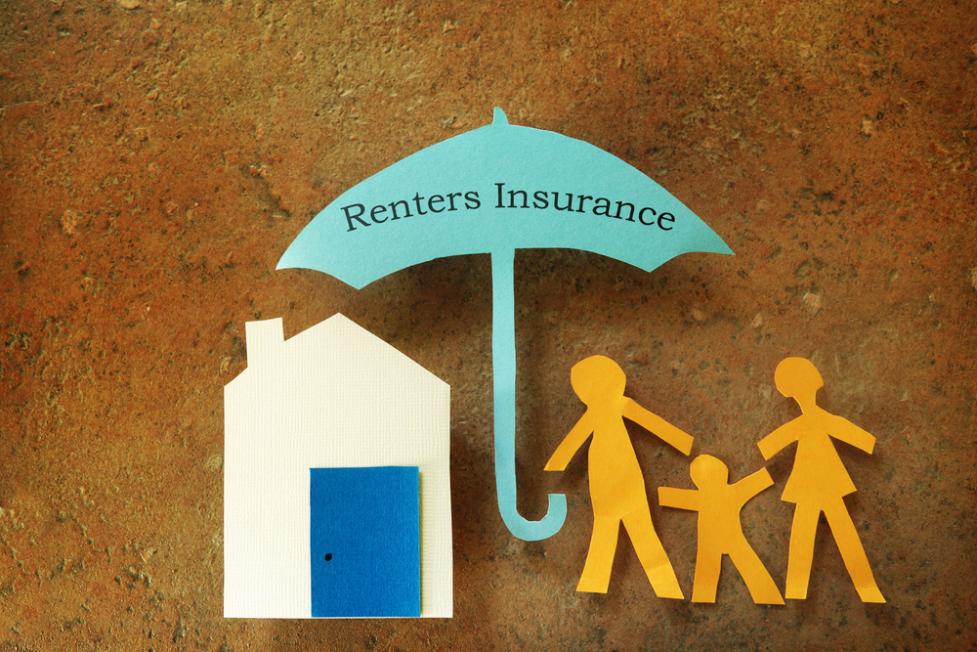How Does the Brain Process and Respond to Emotions in Learning?
Emotions play a crucial role in learning, influencing our attention, memory, and decision-making. Understanding how the brain processes emotions is essential for optimizing learning experiences and promoting effective education.

The Brain's Emotional Processing System
The Limbic System:
- Definition: The limbic system is a complex network of brain structures involved in emotional processing, motivation, and memory.
- Components:
- Amygdala: Processes emotional stimuli, particularly fear and anxiety.
- Hippocampus: Involved in memory formation and consolidation, especially emotional memories.
- Hypothalamus: Regulates basic bodily functions and hormonal responses to emotions.
The Prefrontal Cortex:
- Definition: The prefrontal cortex is the brain's executive center, responsible for higher-order cognitive functions.
- Subregions:
- Dorsolateral Prefrontal Cortex: Involved in decision-making, planning, and working memory.
- Ventrolateral Prefrontal Cortex: Regulates emotions, social behavior, and risk assessment.
- Orbitofrontal Cortex: Processes emotional information and influences decision-making.
The Neurotransmitters Of Emotion:
- Dopamine: Associated with pleasure, reward, and motivation.
- Serotonin: Regulates mood, sleep, and appetite.
- Norepinephrine: Involved in arousal, attention, and focus.
The Brain's Response To Emotions In Learning
Emotional Arousal And Attention:
- Definition: Emotional arousal is the physiological and psychological activation caused by emotions.
- Effects on Attention:
- Positive Emotions: Can enhance attention and focus, facilitating learning.
- Negative Emotions: Can impair attention and focus, hindering learning.
Emotional Memory:
- Definition: Emotional memory refers to memories that are strongly associated with emotions.
- Role of the Amygdala and Hippocampus:
- Amygdala: Processes emotional significance and assigns emotional tags to memories.
- Hippocampus: Consolidates emotional memories and integrates them with other information.
Emotional Decision-Making:
- Definition: Emotional decision-making involves making choices based on emotions rather than rational analysis.
- Implications for Learning:
- Positive Emotions: Can promote creative thinking and risk-taking, leading to innovative solutions.
- Negative Emotions: Can lead to impulsive and irrational decisions, hindering effective learning.
The Impact Of Emotions On Learning
Positive Emotions:
- Examples: Joy, excitement, gratitude.
- Effects on Learning:
- Enhance motivation and engagement.
- Promote positive associations with learning.
- Improve memory retention and recall.
Negative Emotions:
- Examples: Fear, anger, sadness.
- Effects on Learning:
- Impair attention and focus.
- Create negative associations with learning.
- Hinder memory formation and retrieval.
Emotional Regulation And Learning:
- Definition: Emotional regulation refers to the ability to manage and control emotional responses.
- Importance in Learning:
- Optimizes attention and focus.
- Promotes effective decision-making.
- Enhances memory formation and retention.
- Strategies for Emotional Regulation:
- Mindfulness and meditation.
- Cognitive reappraisal (reframing negative thoughts).
- Deep breathing and relaxation techniques.
Understanding the brain's emotional processing system is crucial for optimizing learning experiences. Emotions play a significant role in attention, memory, and decision-making, influencing the effectiveness of learning. Positive emotions can enhance motivation and engagement, while negative emotions can hinder learning. Emotional regulation strategies can help learners manage their emotions and create a conducive learning environment. Future research should explore the complex interactions between emotions, cognition, and learning to further improve educational practices.
YesNo

Leave a Reply